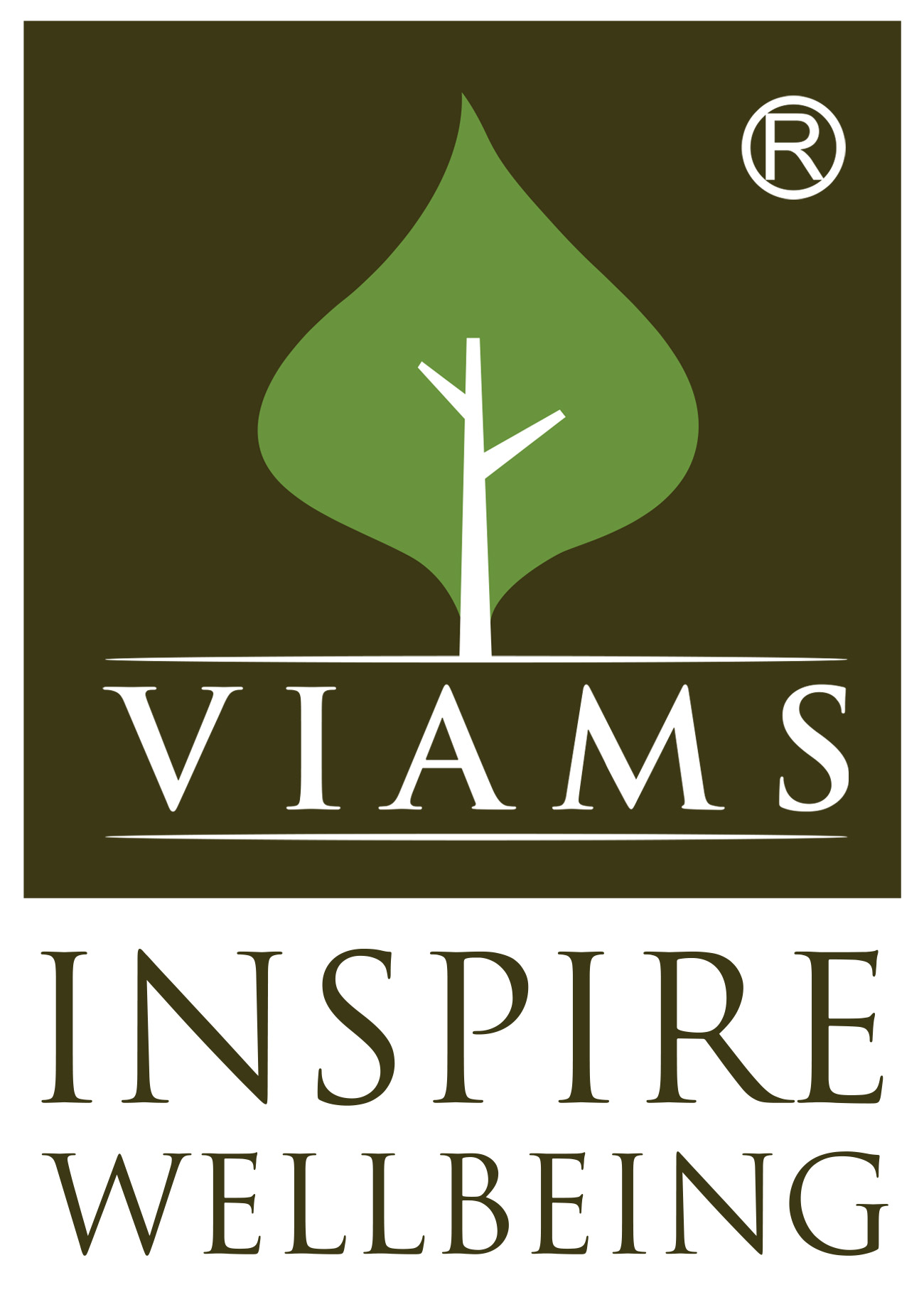Spondylosis
Spondylosis: Ayurvedic Approach and VIAMS’s Unique Treatment Protocol
Spondylosis is a degenerative condition that affects the spine, leading to wear and tear of the vertebrae and the discs between them. This degeneration can cause pain, stiffness, and nerve compression, resulting in discomfort in the neck (Cervical Spondylosis) or lower back (Lumbar Spondylosis). While conventional medicine focuses on managing symptoms with pain relief and surgery, Ayurveda offers a holistic approach to managing Spondylosis, emphasizing long-term recovery and overall spinal health.
Ayurvedic Perspective of Spondylosis
In Ayurveda, Spondylosis is primarily viewed as a Vata-related disorder. Vata dosha, which governs movement and circulation in the body, becomes aggravated due to factors like aging, improper posture, or lifestyle habits, leading to the deterioration of the Asthi Dhatu (bone tissue) and Majja Dhatu (nervous system). The degeneration of the vertebrae and intervertebral discs results in the characteristic stiffness, pain, and nerve compression seen in Spondylosis.
Ayurvedic treatment for Spondylosis aims to pacify the aggravated Vata dosha, improve spinal strength and flexibility, and reduce inflammation, ultimately helping to slow down the degenerative process and promote healing.
Ayurvedic Management of Spondylosis
1. Panchakarma Therapies
Panchakarma is the cornerstone of Ayurvedic treatment for Spondylosis. Therapies such as Kati Basti (localized oil therapy for the lower back), Greeva Vasti (oil therapy for the neck), Abhyanga (oil massage), and Swedana (herbal steam therapy) are used to relieve pain, reduce stiffness, and improve circulation to the affected areas. These treatments help in balancing Vata dosha and promoting nourishment of the bones and joints.
2. Herbal Remedies
Ayurvedic herbs like Guggulu, Shallaki, Ashwagandha, and Rasna are used to reduce inflammation, strengthen the bones and muscles, and alleviate pain. These herbs work on reducing degeneration and improving joint health, providing long-term relief.
3. External Therapies
Pizhichil (oil bath therapy) and Patrapotalasweda (herbal poultice therapy) are applied to relax the muscles, reduce stiffness, and alleviate pain. These therapies help in maintaining flexibility and reducing the impact of degeneration.
4. Diet and Lifestyle Modifications
A Vata-pacifying diet is recommended to improve digestion and enhance bone health. Warm, nourishing foods that are easy to digest are emphasized, while cold, dry, and processed foods are avoided. Anti-inflammatory spices like turmeric and ginger are encouraged for their healing properties.
5. Yoga and Physiotherapy
Specific Yoga postures like Bhujangasana (Cobra Pose), Matsyasana (Fish Pose), and Setu Bandhasana (Bridge Pose) help improve spinal flexibility and strengthen the back muscles. Regular practice of Pranayama (breathing exercises) helps calm the nervous system and promote healing. Physiotherapy complements these therapies by strengthening the muscles supporting the spine.
Effectiveness of Ayurvedic Treatment for Spondylosis
Ayurvedic treatment has proven effective in:
- Alleviating pain and stiffness caused by spinal degeneration
- Reducing inflammation and improving joint mobility
- Strengthening the spine and surrounding muscles
- Slowing the progression of degeneration in the vertebrae and discs
- Providing long-term relief without dependence on pain medications or surgery
Ayurveda’s holistic approach addresses the root cause of Spondylosis, helping to not only manage symptoms but also promote lasting spinal health.
VIAMS’s Unique Integrated Treatment Protocol for Spondylosis
At VIAMS, we have developed a comprehensive and integrated treatment protocol for Spondylosis that combines the best of Ayurvedic therapies with modern rehabilitative practices. Our protocol is designed to offer long-term relief, improve mobility, and strengthen the spine.
Our unique treatment protocol includes:
- Comprehensive Diagnosis and Assessment: We start with a detailed evaluation, including modern diagnostic tools such as X-rays and MRI scans, to understand the extent of degeneration and nerve compression.
- Personalized Panchakarma Therapy: Based on the patient’s condition, we administer customized Panchakarma therapies such as Kati Vasti, Greeva Vasti, and Pizhichil to detoxify the body, reduce inflammation, and nourish the spine. These therapies are tailored to the individual’s needs and focus on balancing Vata.
- Herbal Medicine and Supplements: We provide personalized herbal formulations that focus on reducing degeneration, strengthening the spine, and relieving pain. These medicines are prescribed based on the individual’s constitution (Prakriti) and the severity of the condition.
- Integration of Yoga and Physiotherapy: Our protocol includes Yoga postures and Physiotherapy exercises that help improve flexibility, strengthen the core and back muscles, and maintain spinal health. These exercises support the Ayurvedic treatments, ensuring long-term recovery.
- Diet and Lifestyle Guidance: We provide guidance on diet and lifestyle practices that help pacify Vata, reduce inflammation, and support overall joint health. These recommendations promote sustainable recovery and long-term wellness.
Benefits of VIAMS’s Treatment Protocol
- Non-Invasive Approach: Our Ayurvedic treatments offer a natural and non-surgical alternative for managing Spondylosis, reducing the need for invasive procedures.
- Long-Term Relief: Our protocol provides lasting relief from pain, stiffness, and nerve compression by addressing both the symptoms and the root cause.
- Personalized Care: Every treatment plan is customized to meet the unique needs of each patient, ensuring the best possible outcomes.
- Holistic Healing: Our integrated approach, which combines Ayurveda, Yoga, and modern physiotherapy, ensures comprehensive care and promotes overall health and well-being.
Our Uniqueness
- Tailor-made medicines from our own Pharmacy
- Integration of Allied Healthcare Techniques
- Experienced Doctors & Therapists
- Three Stages of Treatment with Assessment
- Continuous Online Support 24 X 7
